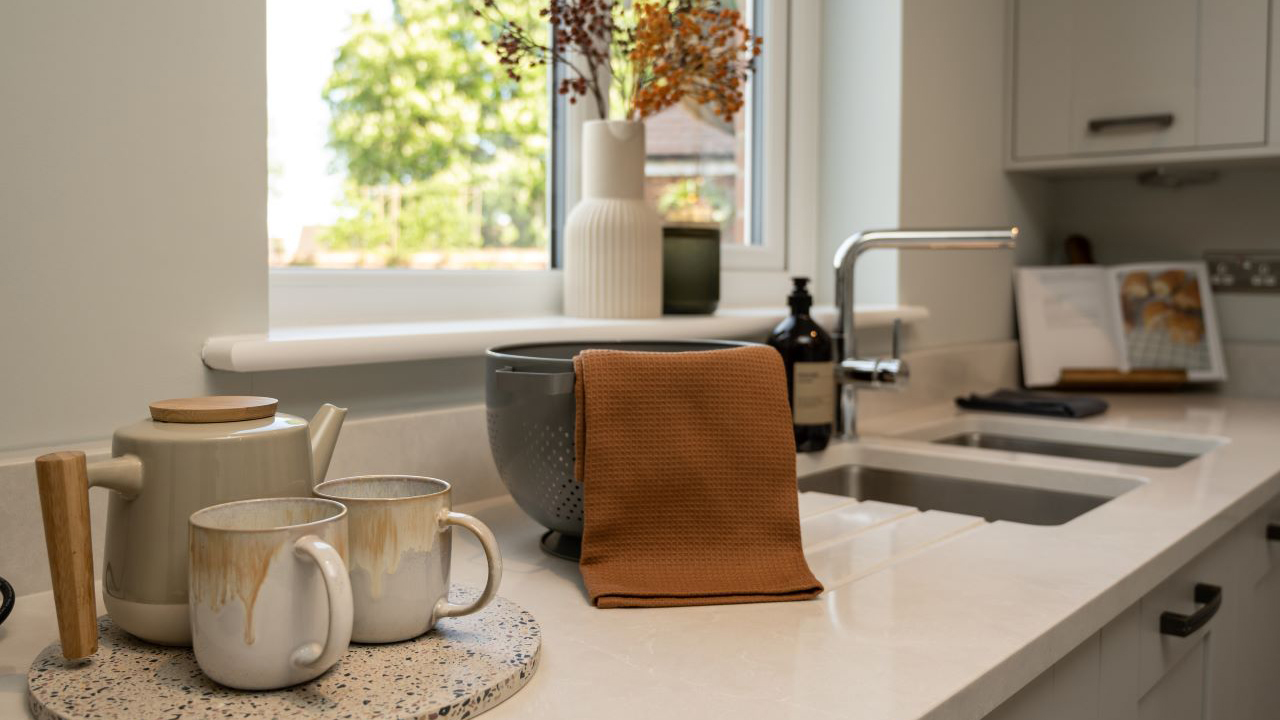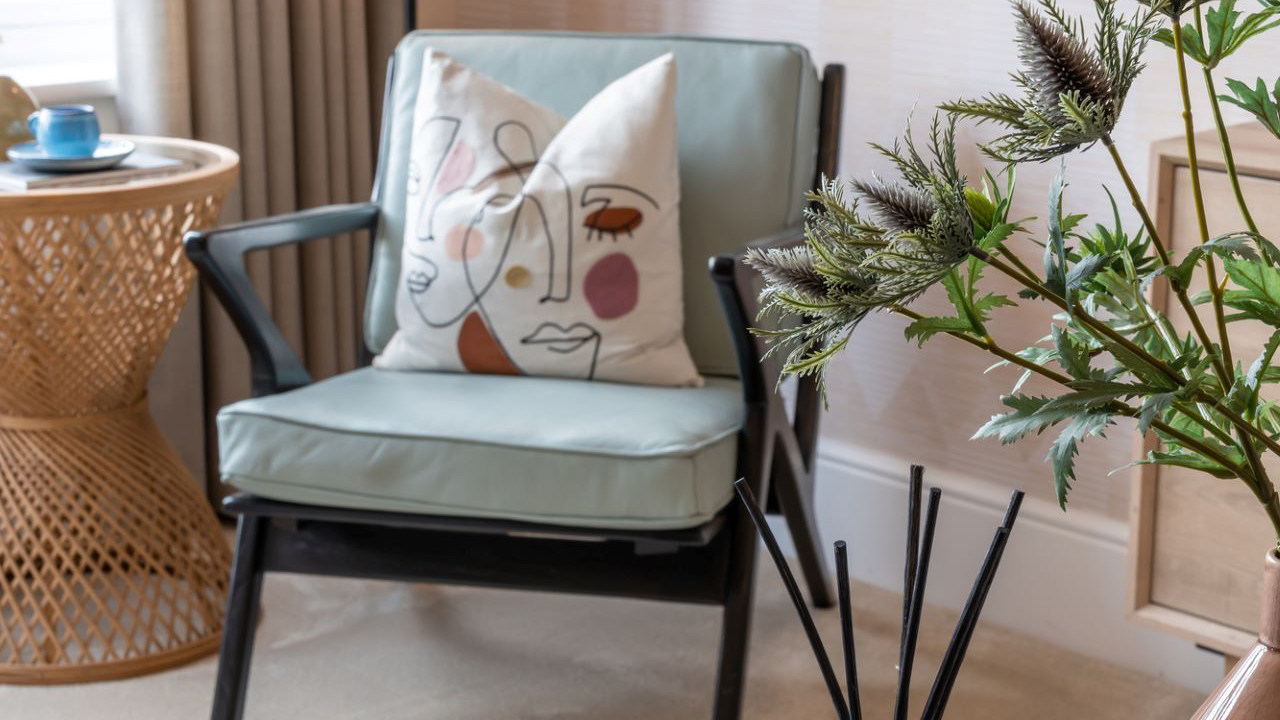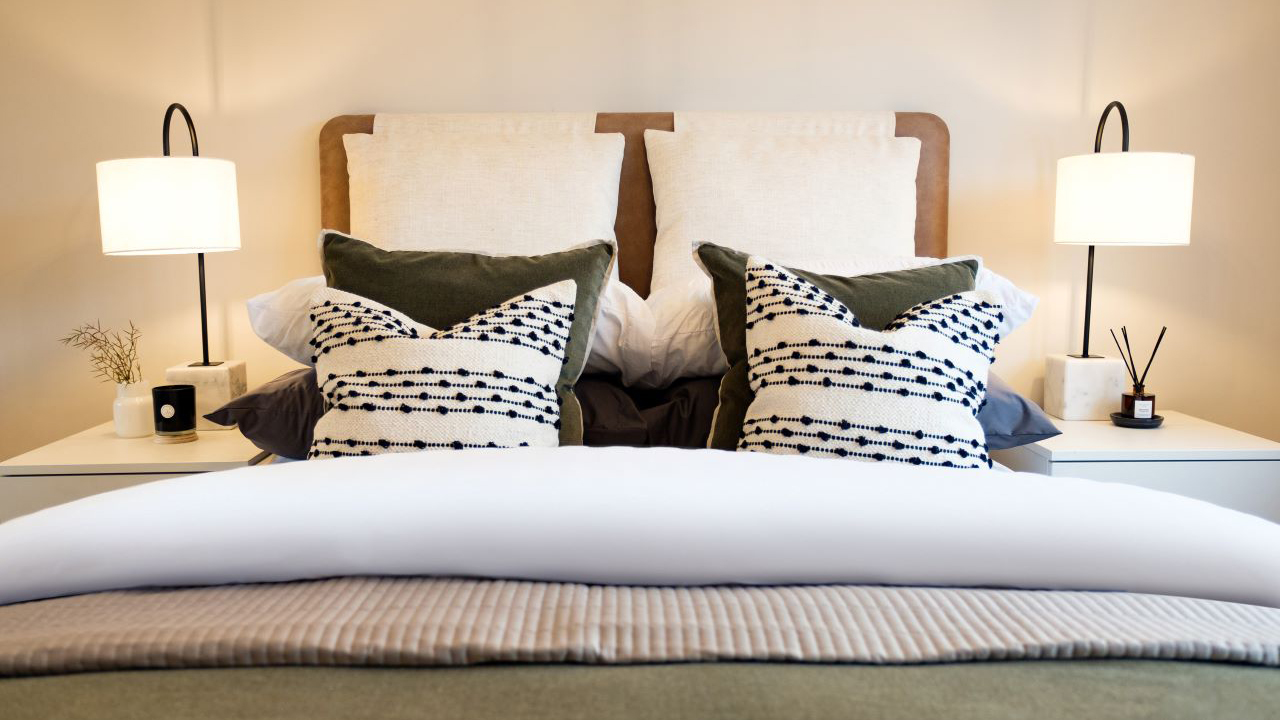Illustrating a beautiful marriage of East and West, Japandi style seamlessly blends Scandinavian cosiness with Japan’s minimalism and is growing in popularity with homeowners of all ages.
What are Japandi style interiors?
Put simply, Japandi is a combination of both Japanese and Scandinavian interior design. It combines both Scandinavian hygge - a practice of cosiness and wellbeing - and Japanese wabi sabi, which values simplicity and a slower lifestyle.
“While geographically, Japan and Scandinavia may be worlds apart, when it comes to design, the two are synonymous with creating interiors that are rooted in simplicity, comfort, neutral colours and natural materials,” explained Alysha Alli, who heads up Redrow’s interior design team. “Together, the two cultures have led to the recent creation of the now universally loved interior trend, Japandi.”
How did the Japandi style start?
While the trend has been around since 2016, its popularity grew throughout the Covid pandemic and has continued since. And it still has an enduring effect, as homeowners continue to create functional yet welcoming interiors, perfectly suited to a healthy balance of work and home life.
Alysha said: “Scandinavians prioritise comfortable interiors that are warm and inviting, and deeply rooted in the concept of hygge (cosiness). While Japanese design adopts the country’s ‘wabi sabi’ philosophy, which originates from Zen Buddhism. The term refers to embracing imperfections and finding beauty in the natural, unpolished world. This fusion of two cultural beliefs has today created a design that is universally loved for its welcoming and warm minimalist aesthetic.”

What is Japandi style?
Neutral colour palette
Earthy tones and muted colours are key to recreating the Japandi look. Sage and muted greens, paired with watered-down greys, pale ochres, beiges and sandy tones should be top of your Japandi colour palette.
Alysha added: “Scandi interiors can often favour clear whites, but I would recommend replacing this with a light stone, beige or fawn tone, to avoid your interior feeling more Nordic than Japandi."
While Nordic design favours lighter colours, Japanese interiors can often appear more daring by introducing richer colours through design accessories. For a truly Japandi look, take note from Japan’s approach to colour by adding a contrasting colour to your neutral palette. This could be a pale pink or charcoal grey, either through soft furnishings such as cushion covers or throws, or artwork or lighting. These small colour additions will add a richness to your interior that stops the room from feeling muted and restricted to similar colours.
“A key thing to remember is that Japandi interiors should always blend harmoniously together, with every item given equal attention. So any contrasting colours should not stray too far from your neutral palette, but rather as a pop of colour.”

Sustainable furnishings
Both Japanese and Scandinavian interiors use wood as their dominant interior material – but do so in very different ways. Scandinavian-influenced interiors favour a rustic approach, where the wood is often left pale and untreated. Whereas, in Japanese-inspired interiors the wood is more likely to be stained and darker, creating a richer effect.
While the two differ in tone, don’t be afraid of opting for both. Although the wood may be different, the natural colours remain in the same palette, so will still create that desired harmonious effect, while adding a little intrigue to the room that is rich in an artisan feel.
Alysha continued: “Other authentic, natural materials, such as bamboo, rattan, cotton or hemp, offer an easy way to introduce texture and a natural element into your interior. These eco-friendly materials are perfect in the bedroom, which should be rich in nature and free of tech for a good night’s sleep, and are perfect for introducing that unpolished look synonymous with ‘wabi sabi’. Assorted warm metals also work beautifully with these natural materials and provide a contrast in texture."
Like the UK, both Scandi and Japanese interiors share a love of nature and house plants. However, a Japandi interior leans towards fewer but bigger plants, where the larger plant is used as a focal point in the room. Other ways to bring the outdoors in can be through adding branches to large ceramics or a vase vignette, which offers a sustainable home-made accessory.”

Minimalist cosiness
To ensure you strike the balance between Japan’s minimalism and Scandi’s cosiness, look to your existing interior items and furniture. Alysha advises adopting a minimalist approach by decluttering to allow your home’s architectural features and clean lines to shine. This is also a great tip when selling your home to allow potential homebuyers to see the space available and easily envisage their own design choices.
Alysha concluded: “Decluttering your home by purchasing fewer new items is an easy way to create the illusion of a minimalist interior. It can quickly transform forgotten or previously hidden elements, such as antique statement vases or ornaments, into focal pieces. For maximum impact, use the lines of your shelves or bookcases themselves as a decoration, and don't obscure them with trailing plants or soft furnishings."
The overall look should be one of continuity, blending shapes and sleek functionality – that remains rich in personality through your ornaments or books.”
Our new homes are ready to be personalised with your signature style. Find a Redrow development near you to find your perfect match.



